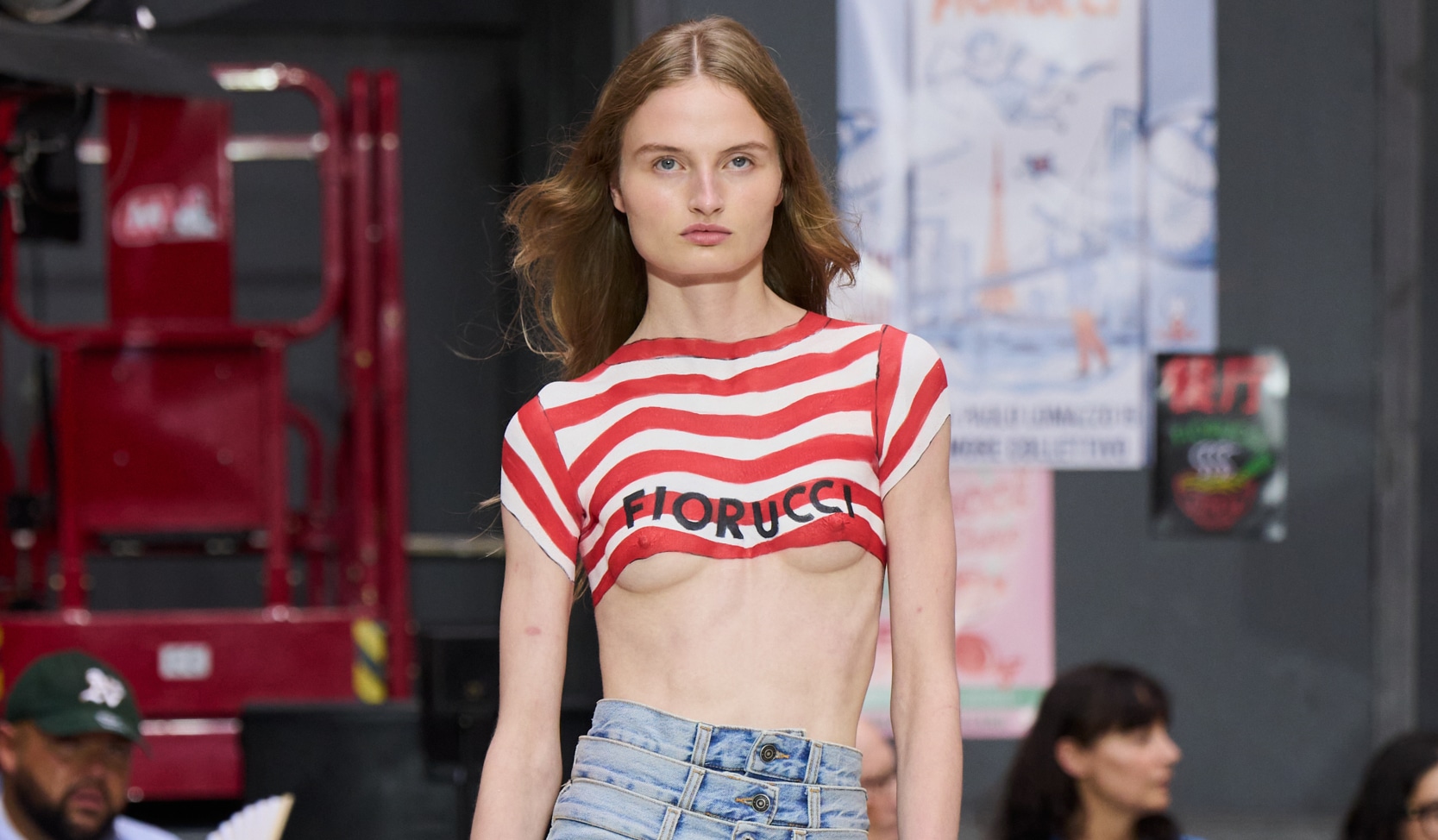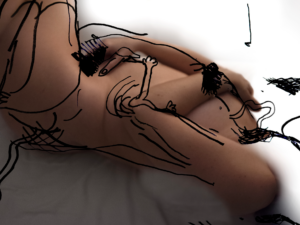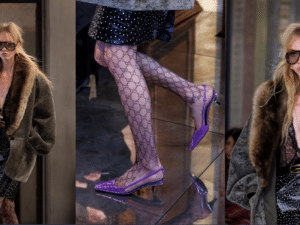Günter Zint took photos of the environmental protests in Brokdorf and sold John Lennon’s curls to Bravo. Does he still believe in youth? In our Fall/Winter 2019 print edition of Fräulein, we interview Zint and feature some of his iconic photos of revolution and fandom.
The Chronicler of the Revolution: Günter Zint
vor 5 years
With his camera in hand, Günter Zint strolls through the revolting students in Hamburg. The Gänsemarkt once again becomes the scene of Fridays for Future, and almost children and adolescents demand change to save the climate and the environment, “now, now, now”. Zint documents what he sees. He has mastered the art of photography. Up to this date, he has taken more than three million pictures already. They appeared in cult magazines such as ‘Twen”. For “Der Spiegel”, he documented the Six-Day War in Israel. He was in Brokdorf when the police confronted the environmental activists with water cannons and in the middle of revolutionary May 68. The photographer Günter Zint is a chronicler of counterculture and a major figure of the last century – pa here in Hamburg. In the meantime, hundreds of young voices chant: “Power to the people!” A boy in a blue parka climbs a pedestal, raising his arm with a clenched fist. With closed eyes and only hearing two thousand people chanting, the day could easily pass as a moment of protest in the overheated summer of 1968. Which relevance does this scene here have for Günter Zint who also attended the protests back then? What does it mean for the man who calls Christian Lindner an “idiot” and Gerhard Schröder a “traitor of the environment and labor movement”? For the man who calls himself “Sponti”? Is Greta Thunberg the next Rudi Dutschke? He doesn’t think so. The weight on her shoulders is too heavy. Do Fridays for Future hold the potential to be the next ’68? He hopes that it could be its “pre-labor contractions”. Still, he says it is crucial for adults to take over because one can’t leave the change for a better future to young people alone. Does this sound like somebody who still believes in revolution? One might underestimate Günter Zint at first glance, which might be due to his casual way of walking, the red wool sweater, or the brown worn-out loafers.
A button on the lapel of his cord jacket reads “Grandpas against Right”. He says that is his left splinter group. Their conduct is that of a larger scene though. Zint casually brushes off an older fan who approaches him. Then he points at the Lessing monument on the square and says: “He would have been proud of those kids”. He takes another series of photos, turns around, and says: “Besides, the Replay store across the Gänsemarkt used to be a McDonalds. I and Wallraff used to work in the kitchen there.” He talks about investigative journalist Günter Wallraff. Zint has illustrated Wallraffs reportages “Der Aufmacher” and “Ganz unten” years later. There is not much more one can do as a press photographer. “Without my camera, I would have also grabbed stones to throw at the cops”, the 77-year-old adds before he has enough of the protest Friday. “Come on boy, let’s go to St. Pauli”, he shouts to the reporter over the heads of yelling students. Günter Zint was born in Fulda in 1941. His father writes to his family as a soldier of the Wehrmacht in Norway: “We conquer blossoming landscapes for the Führer”. Zint knows he has to get away from home as quickly as possible and starts an internship at the PDA at the age of 18. He also works for the magazines OK, Quick, and the Twen designed by Willy Fleckhaus. Zint soon becomes a high paid press photographer for the Spiegel. They fire him when he organizes a demonstration at his desk. In 1968, he founds the left tabloid St. Pauli News. The author Henryk M. Broder and the future Spiegel editor-in-chief Stefan Aust. The news, a mixture of personal ads, light girls, and funny texts soon reach a circulation of 1.2 million issues. That is twice as many as the Spiegel today. Twenty years later in 1988, he founds the St. Pauli Museum diagonally across from David’s watch (Davidwache) near Reeperbahn. In its office, Günter Zint sits in an old chair amid ghosts. The walls of the former kitchen are crammed with folders, photo boxes, and memorabilia: photos from Brokdorf, nude pictures of Anna Henkel, the deceased wife of Herbert Grönemeyer, and dresses of the dominatrix Domenica Niehoff. Zint took pictures of her together with illustrator and children’s book author Tomi Ungerer in their studio in Herbertstraße which was decades ago. Next to the door is an oil painting of his friend Ernst Bader, who is the composer of Freddy Quinns hit “homesickness”, on the piano with a wiener dog. “Most of them are dead”, Zint says and pulls out a picture of John Lennon on the film set of How I Won the War.
Lennon’s hair was cut short back then. Zint sold the curls for 5.000 Mark to the Bravo. He gathers past old love and hate relationships as well as triumphs and defeats like a collector. For each of these episodes there is a box, a folder, a drawer, a synapse. That counts for the hubris of the young man who stopped paying taxes because he thought they would take over the government. And for the suffering of the old man whose doctor forbade him everything besides sex.
A cool breeze from the river Elbe blows outside on David Street. “Aren’t you cold in your thin jacket?” “I have young blood”, Zint replies and gives two euros to a homeless person. Then he takes a turn into Herbert Street where he had a bar for a short time. In the windows of the brothels are no prostitutes yet, as it is around noon. Three lost tourists sneak around. Zint knows the area inside and out. “Look at this misery”, he says. One of the most painful moments of his life: “When I found out that John Lennon was shot and killed.” Lennon once sang: “A working-class hero is something to be”. To the question, whether he was a hero of the working class, Zint responded: “Today I am one of those people I used to fight.” Then he says goodbye in a grumpy manner before leaving for lunch. “I’ll eat at a Swabian place now”, he says and disappears into the restaurant “Hanoi”.
Text: Ruben Donsbach
Translation: Pia Gebauer
Photos: Günter Zint



